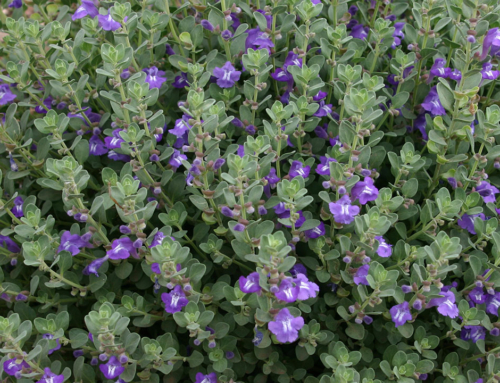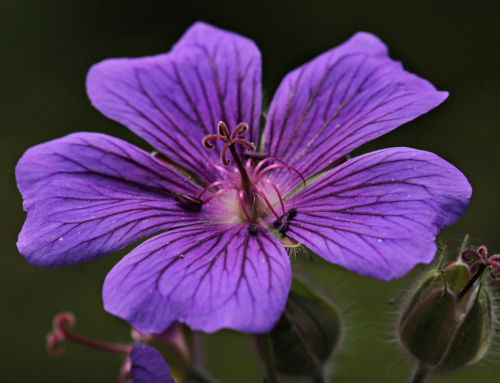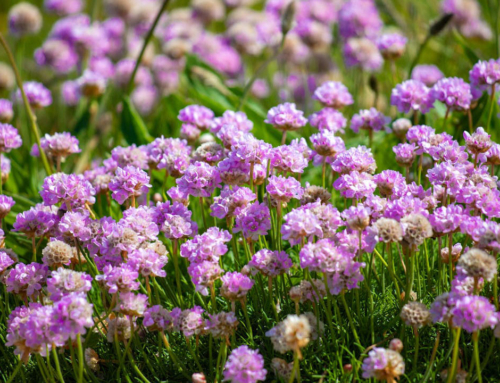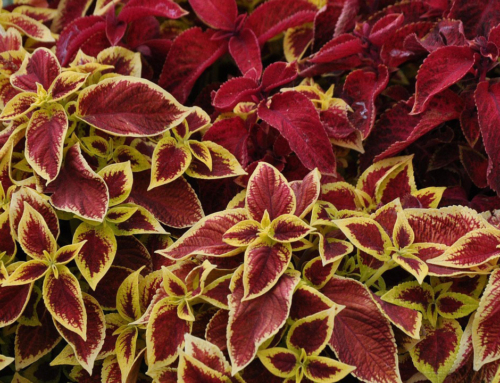By Deb Revier, Hennepin County Master Gardener
I’ll bet you’re assuming I have a garden full of roses. No, I don’t! Although they are gorgeous, they are also high maintenance; Japanese beetles love them, some have to be buried for the winter, they are prone to many diseases…..AGH!! Where does it end?
That being said, the fancy tea roses we have today are among the most beautiful and cherished flowers. They also have a fabulous background story.
Why is a tea rose a tea rose? What does tea have to do with roses? Well, let’s step back in time a bit.
Before we started playing with cultivar selection and development, there were only the species or “wild” roses. There are 120 or more species roses in the world and they can be found in both temperate and sub-tropical areas. The oldest species have single flowers with only 5 (or even 4) petals and bloom only once a year in spring. Mutations occurred over time, and gave rise to semi-double or double flowers as well as repeat flowering rose species. With few exceptions, only 8 species are ancestors to our rose cultivars, and all 8 are from Asia.
The earliest rose classes fall within a group called Old Garden roses. These are the classes that existed before 1867, when the first Hybrid Tea was developed. In the late 1700s, roses arrived in Europe from China. SO here is where the story about tea roses comes in. The tea merchants from England would sail to China to pick up their product, and liberated a few of the Chinese roses while they were there. What excited gardeners and breeders was the ability of theses roses to bloom repeatedly through the growing season. Thus they came to be known as tea roses, after the tea merchants who brought them to Europe.
After more tweaking by breeders, the Hybrid Tea class was created. With the introduction of “La France” in 1867, the era of modern tea roses began. These tall elegant roses, with their much photographed buds and beautiful flower form, dominated the rose world in the last half of the 20th century. They captivate us with their beauty today.




